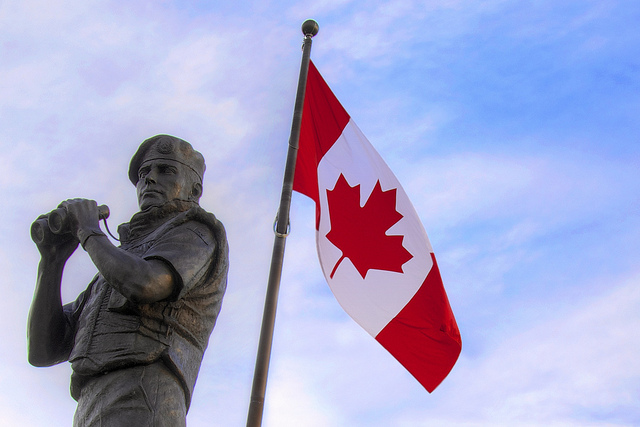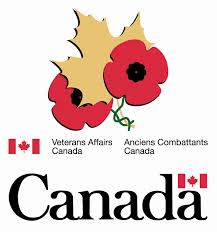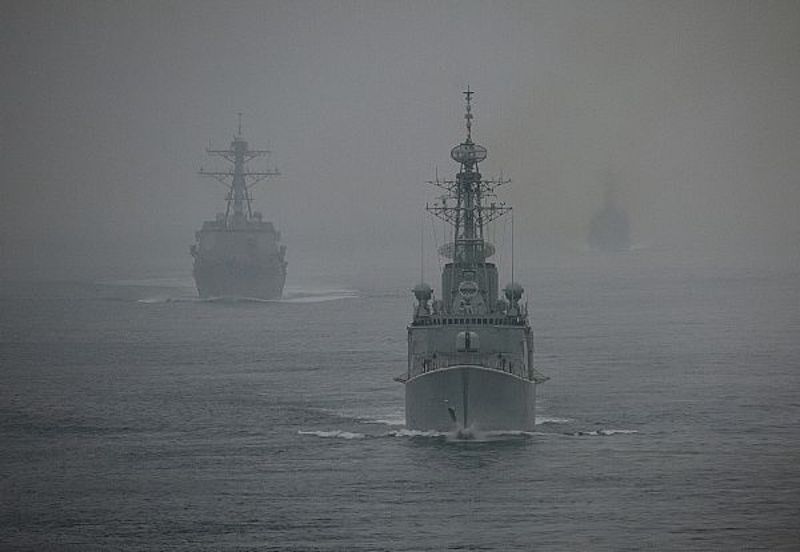In August, the Liberal Government of Canada committed $450 million to a Peace and Stabilization Operations Program, pledging 600 Canadian Armed Forces personnel and 150 Police Officers to be deployed to United Nations Peace Operations. The motivations of these commitments stem from the Canadian Government’s goals to further engage in efforts towards international stability. Specific details about locations and mission conditions remain unknown.
Prime Minister Justin Trudeau has stated that “we cannot simply sit back and say ‘We’re not going to do anything about it’ – because, we know, that instability around the world does end up affecting us here, in Canada. So we have a responsibility, we have an opportunity, to engage it.” It is important that Canada remain involved in efforts towards global stability, however, before further commitments are made, the Liberal Government must openly detail the realities of risks and expenses to the Canadian public.
Containing the spread of extremism is directly in Canadian security interests, as violent extremism threatens Canada and the world as a whole. However, it must be contested whether UN Peace Operations in Africa are specifically in Canada’s direct security interests, or whether alternative mission locations can attain similar goals countering global instability by combating the spread of violent extremism.
In November, the Senate Committee on National Security and Defence released a report detailing recommendations and expert opinions on potential locations and characteristics of a peace operation. Multiple experts claimed it was a mistake to think Canada’s support for NATO-led missions was a move away from peace operations. Professor Elinor Sloan added that Canada has been continuously involved in “peace support missions” currently training troops in Ukraine and northern Iraq. This suggests that the Canadian Government does not have to engage in missions entirely different from its current operations to attain its international goals. Alternative mission potentials, including different locations or increased current contributions, could combat the spread of extremism while maintaining commitments to NATO-led peace and stabilization operations.
One foreseeable danger of increased Canadian military presence is that extremists could use it as propaganda to increase recruitment and threats of terrorism against Canada. This risk is present whether increased contributions are in the Middle East or Africa.
A 2016 Public Safety Canada report outlined one serious threat to national security being “extremist travelers,” which it defines as individuals suspected of travelling abroad to join terrorist groups and engage in related activities. By the end of 2015, it reported that roughly 180 individuals had been suspected of travelling abroad to join conflict. Additional threats are posed by returning individuals, with at least 60 people reported to have returned to Canada from abroad. The report claimed that more than half these individuals travelled to Turkey, Iraq, and Syria.
Canadian Peace Operations could function as a deterrent to extremist travelers. Troops and resources could be directed to Canadian support operations in Iraq and Syria. Additionally, the deterrent objective could be achieved with a UN Peace Operation in Africa. However, this increased military presence could embolden extremist groups, causing increased threats of terrorism against Canada, with the potential to cause increases in extremist travellers.
If left to flourish, the growing extremist presence in Africa could increase beyond a point of containment. West Africa suffered 101 attacks by al-Qaeda in 2016, with the majority occurring in Mali, one of the most dangerous locations under consideration by the Canadian Government for a peace operation. Affiliated terrorist groups like Boko Haram in Nigeria and al-Shabaab in East Africa demonstrate potent environments where extremism could spread further. If no deterrent operation is launched in the region, it is plausible that these extremist insurgencies could become stronger.
The Senate Committee’s report cites a letter sent from the Dutch Government to Parliament in 2013. This letter outlined the Government’s motivations, strategic interests, risks, and challenges prior to deploying troops to Mali, while also detailing how Dutch troops would work with UN and French missions in Mali. The Senate Committee’s Chair, Senator Daniel Lang, was quoted calling on the Canadian Government to be “open and transparent” about mission details. This accompanies additional calls to the Canadian Government to make details available similar to the Dutch letter, that outline the specific mission contributions envisioned. This would include precautions and countermeasures to foreseeable risks combating extremism.
Transparency is a metric of democracy, and must accompany further deliberations and debate in Parliament before any more commitments are made. If alternative operations can achieve the Canadian Government’s goals while remaining directly aligned with Canadian security interests, then such alternatives must be considered. Irrespective of where peace operations proceed, additional operational countermeasures must target foreseeable dangers, such as increased threats of extremism against Canada, and increased individuals travelling abroad to join conflict. Appropriate countermeasures could involve incorporating cyber capabilities with peace operations, targeting online recruitment strategies while combating extremist movements.
Photo: A crop of from one of the figures on the Peacekeeping Monument located in Ottawa. “Reconciliation: The Peacekeeping Monument” (2012), by Jamie McCaffrey via Flickr. Licensed under CC 2.0 .
Disclaimer: Any views or opinions expressed in articles are solely those of the authors and do not necessarily represent the views of the NATO Association of Canada.




